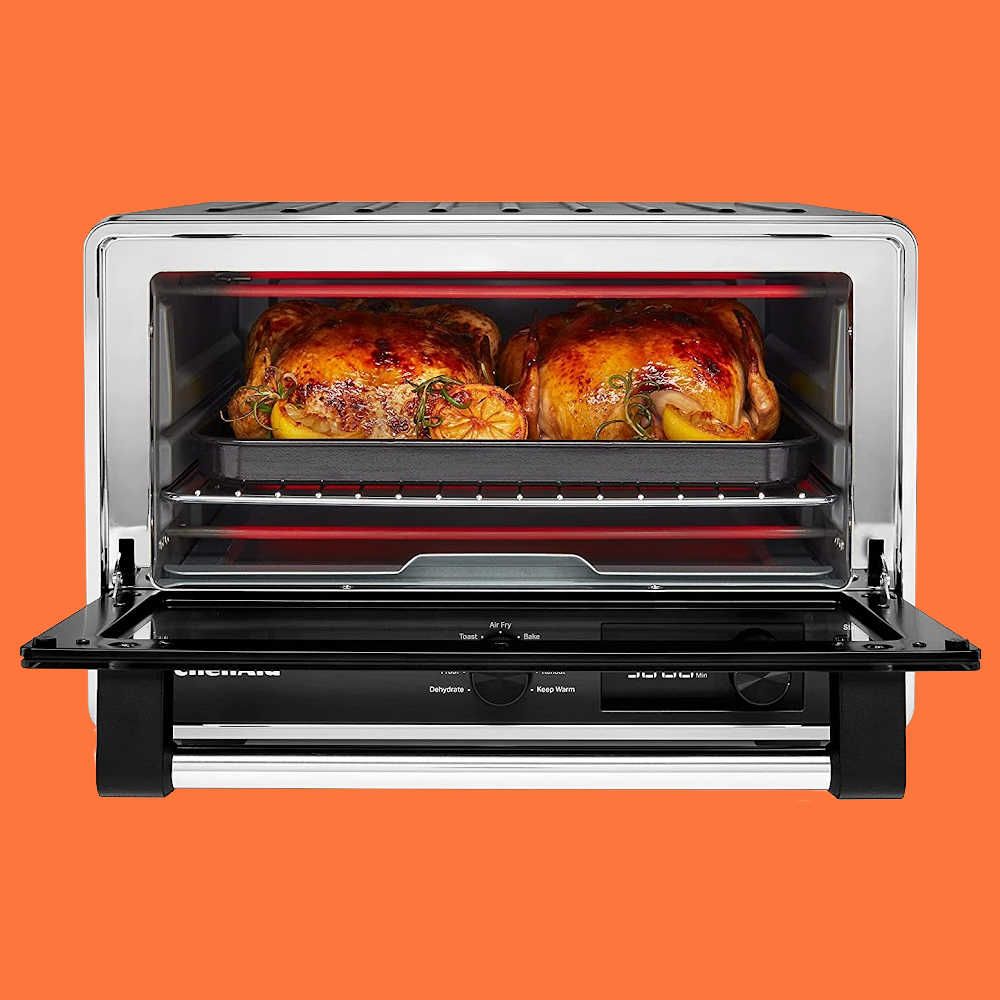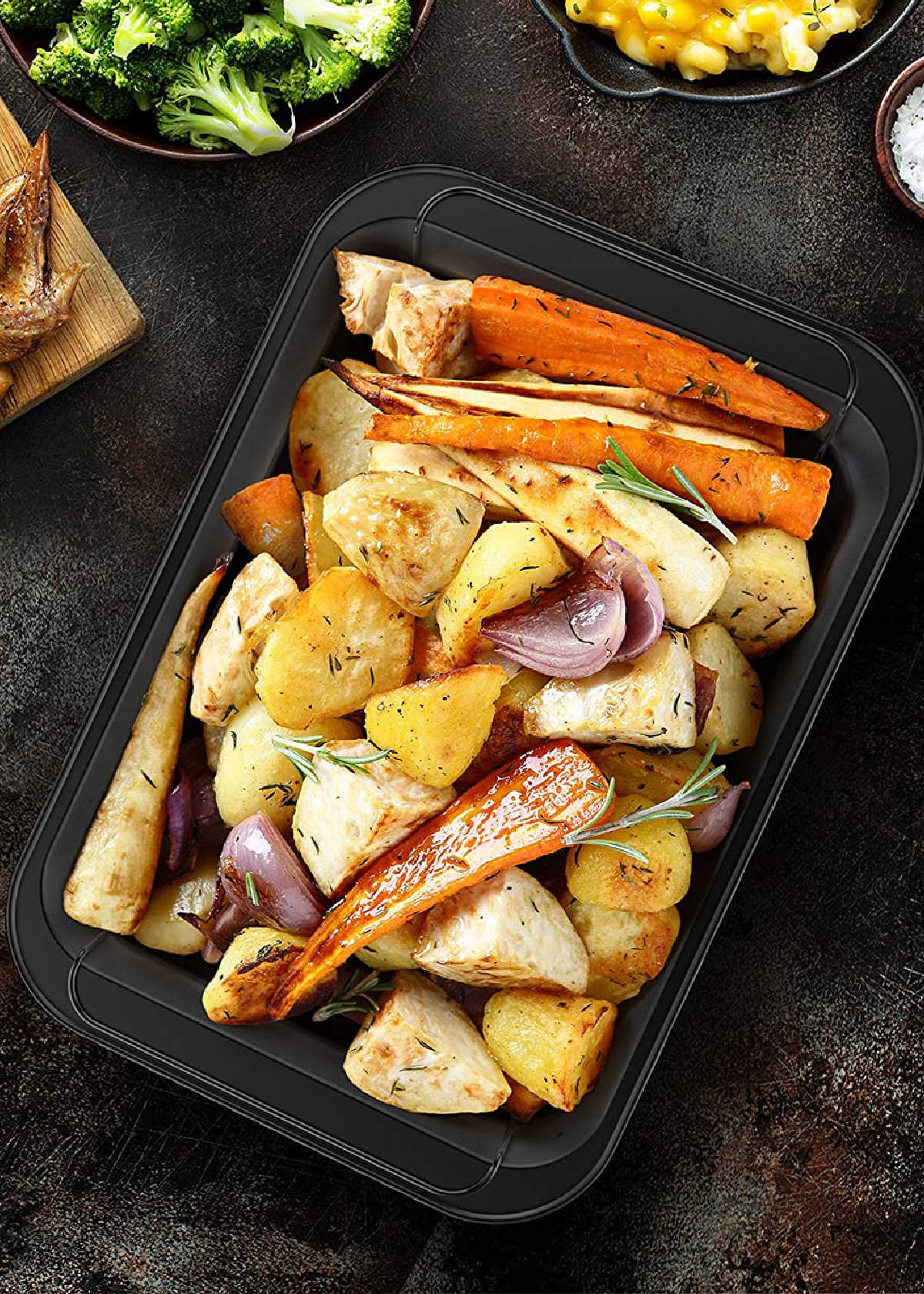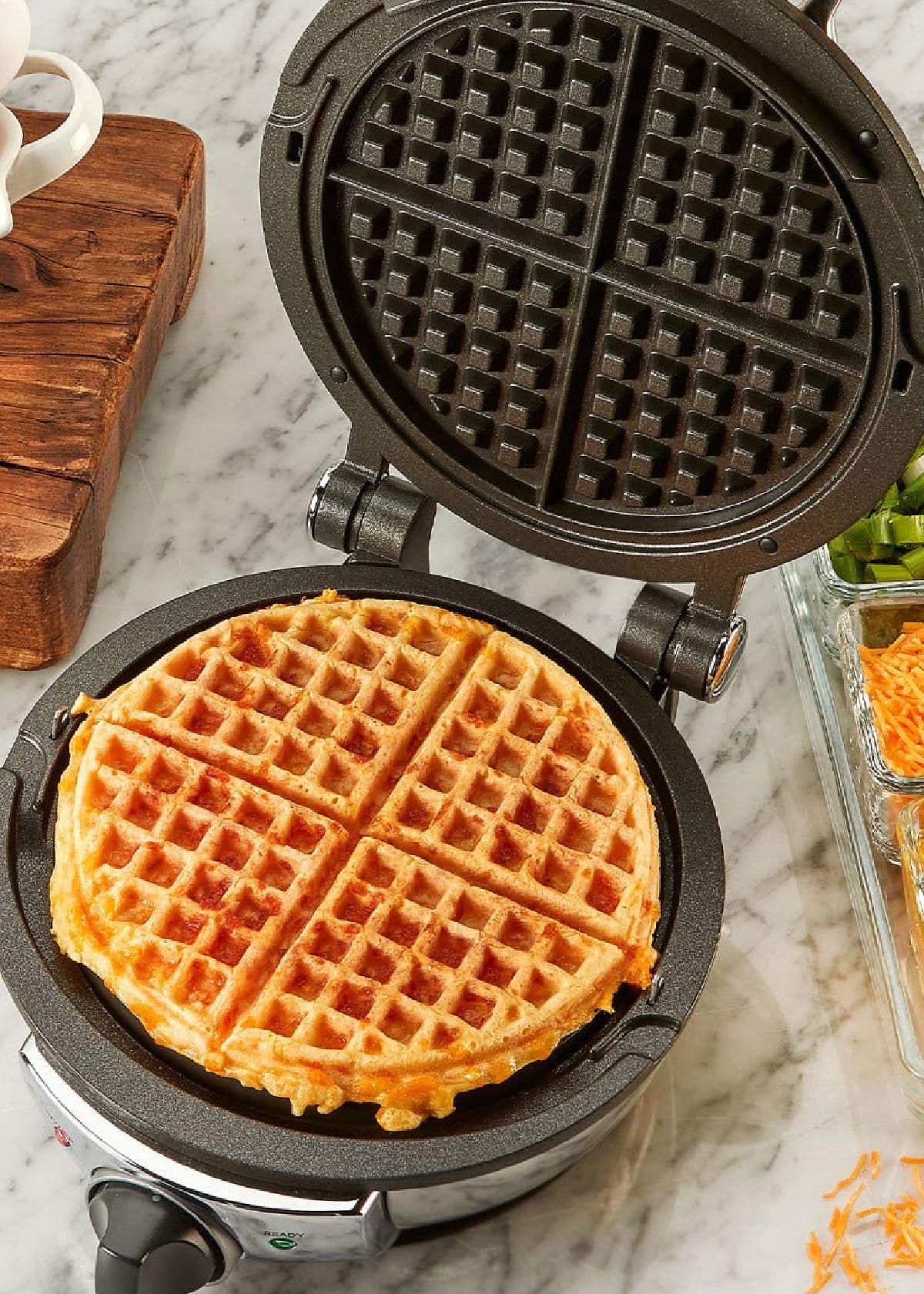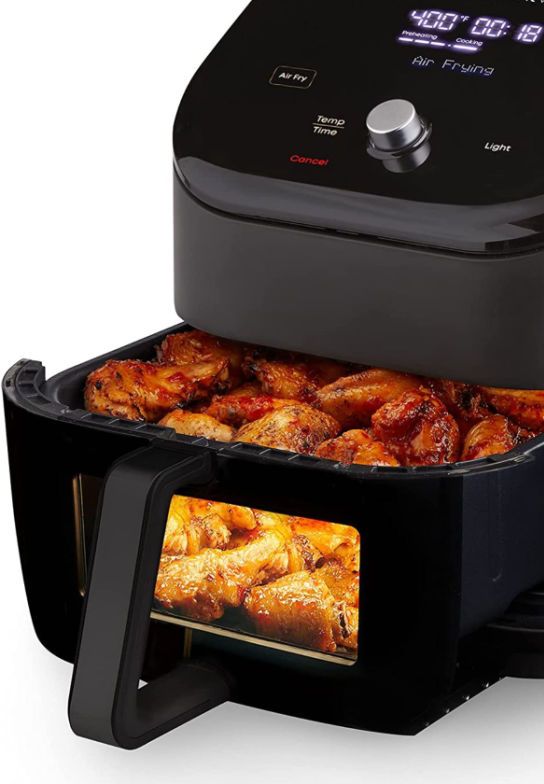Content Summary
Mini-fridges are a great way to save space and keep your drinks and food items cool. However, they tend to get cluttered and unorganized very easily.
In this quick guide, speaking from dorm room experience, we will provide you with some tips and tricks about how to properly organize the tiny space in your mini-fridge, optimize and save space, and keep your mini-fridge organized. Read on!


The key to well-organizing a small refrigerator is to divide the fridge into zones, use storage containers, label everything, optimize shelf space, and clean it regularly.
We have also written two blog posts on how to clean your fridge and how to defrost your fridge. If you need more help, make sure to check out those posts as well.
Check out the detailed guide, apply our genius storage solutions, and you’ll be on your way to a well-organized mini-fridge in no time!
Organizing A Mini Fridge
1. Empty The Fridge
The first step to organizing a mini fridge is to empty it.
- Take out all the items stored inside and in the fridge door, including any ice trays or water bottles.
- Discard any expired food items, remove any spills or stains before you start organizing, and use the opportunity to clean the fridge.
- If you're a college student and share a dorm room, make a cleaning schedule. Also, make sure to involve your dorm room mates when organizing the mini fridge.
- This will give you a clean slate to start with and help you see how much space you have to work with.
2. Divide The Fridge Into Zones
The next step to organizing your mini fridge is to divide it into zones. In case you are a college student, you'll have to get used to live with a smaller fridge - and share it. General rule: don't stuff, stack wisely!
- This will help you determine where each item should be stored and will make it easier for you to find what you need.
- The first shelf (the top refrigerator shelf) is perfect for dairy products that need cold refrigeration, such as cheeses, yogurts, and creams.
- The middle shelf is good for drinks, condiments, and snacks that require cool, but not cold refrigeration.
- The third shelf is great to store food items, leftovers, lunch meat, and ready-made meals, plus raw meats, seafood, and other foods.
- The bottom shelf - often, one or two drawers - is ideal for fruits, vegetables, fresh herbs, and any items that need to be cooled to stay fresh. Close a bag with a binder clip.
- The fridge door has a space for tall items, like (glass) bottles and packs (milk; juices). Use the fridge door shelves for sauces (like ketchup, mustard, mayo; middle shelf) and dairy items (shredded cheese, eggs; top shelf).
- If your mini fridge has a freezer, realize it's a small space. Only use it for frozen veggies or other small items that you need to keep frozen, like meat, ice cream and ice cubes.



3. Use Organizers
Using organizers can help you maximize your space.
- Use transparent bins, different containers and boxes, trays, and dividers to separate the different categories of food like beverages, condiments, meats, fruits, and vegetables.
- By separating the items into categories in easy-to-reach places, you can prevent cross-contamination or spills from affecting other items.
- A lazy susan may help to keep items together and easy to reach, but realize it takes up space.
- This will not only help you find what you need quickly, but it will also make it easier for you to keep the fridge clean.
- Stay organized!
4. Label Everything
Keep track of what’s in your small fridge by labeling everything.
- Labeling your bins or trays can help you know what is stored inside so you don’t have to dig through everything to find what you are looking for.
- Labeling your storage containers is essential, particularly if you're sharing the fridge with other people, like in dorm rooms. Label them with your name, for starters.
- Clearly label each container, indicating the contents and expiry date. This will make it easier for everyone to know what's inside each container and when they should dismiss the contents.
5. Optimize Shelf Space
Mini fridges typically come with limited space, so you need to maximize their space. Especially, in dorm rooms (speaking from experience, obviously).
- Adjust the shelves to fit your items and use can dispensers to stack drinks.
- You can also use door shelves to store snacks, condiments, and other small items that require cool, not cold refrigeration.
- If you have tall bottles or items that won’t fit, you can use an over-the-fridge shelf to store them. But only if they don't need refrigeration.
- You don't want a jam-packed fridge, as refrigeration needs air circulation.


Tips & Tricks
1. Prioritize Temperature Control
- You should prioritize temperature control by organizing items according to their temperature requirements.
- Dairy products should be stored on the top shelf where they will stay the coldest.
- Vegetables and (some) fruits should be stored in a separate bottom drawer where they will stay at a slightly higher temperature.
- Raw meats should be stored in containers to prevent dripping onto other items. Best, the shelf above the drawer for vegetables. But, always check the expiration dates.
2. Use Airtight Containers
- Using airtight (clear) containers can keep your items fresher for longer and help you prevent food waste.
- Airtight containers will also help you organize your mini-fridge as they take up less space than bulky open bags or boxes that take up unnecessary space.
- After use, deep clean food containers.
- If your containers are too small for certain food items, use fridge mats to prevent leaking.
3. Don’t Overstuff The Fridge
- Mini-fridges are popular kitchen appliances. They are designed to cool items quickly, but when overstocked, they may struggle to maintain an optimal temperature.
- When stocking, apply your organizational skills to find the best storage options.
- Overloading your fridge can lead to poor air circulation which can undermine the refrigeration process and damage your food items.
- Be sure to leave enough space between items to allow for proper air circulation and keep your fridge running smoothly.
- Keep your refrigerator organized!
4. Clean Regularly
- Mini fridges tend to get dirty quickly, so it's essential to clean them regularly.
- Once every two weeks is recommended, but if you notice any spills or stains, clean them immediately.
- Use a solution of water and vinegar to clean the fridge and wipe dry with a cloth.
- This will prevent the growth of bacteria and prolong the life of your mini fridge.
Need an extra fridge to store your food items? Check out the below blog posts to get more ideas about what types of mini fridges are the best for your needs and our picks of the best black mini-fridges.
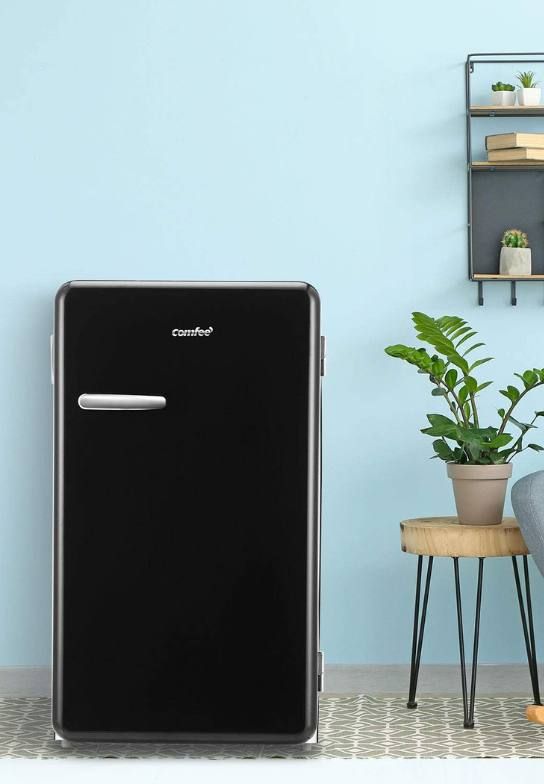
With the above tips, now you can create a clean, tidy, and functional space. You can also find everything you need quickly and efficiently while ensuring that your food remains fresh and healthy.
Happy organizing!
Catchy Finds




